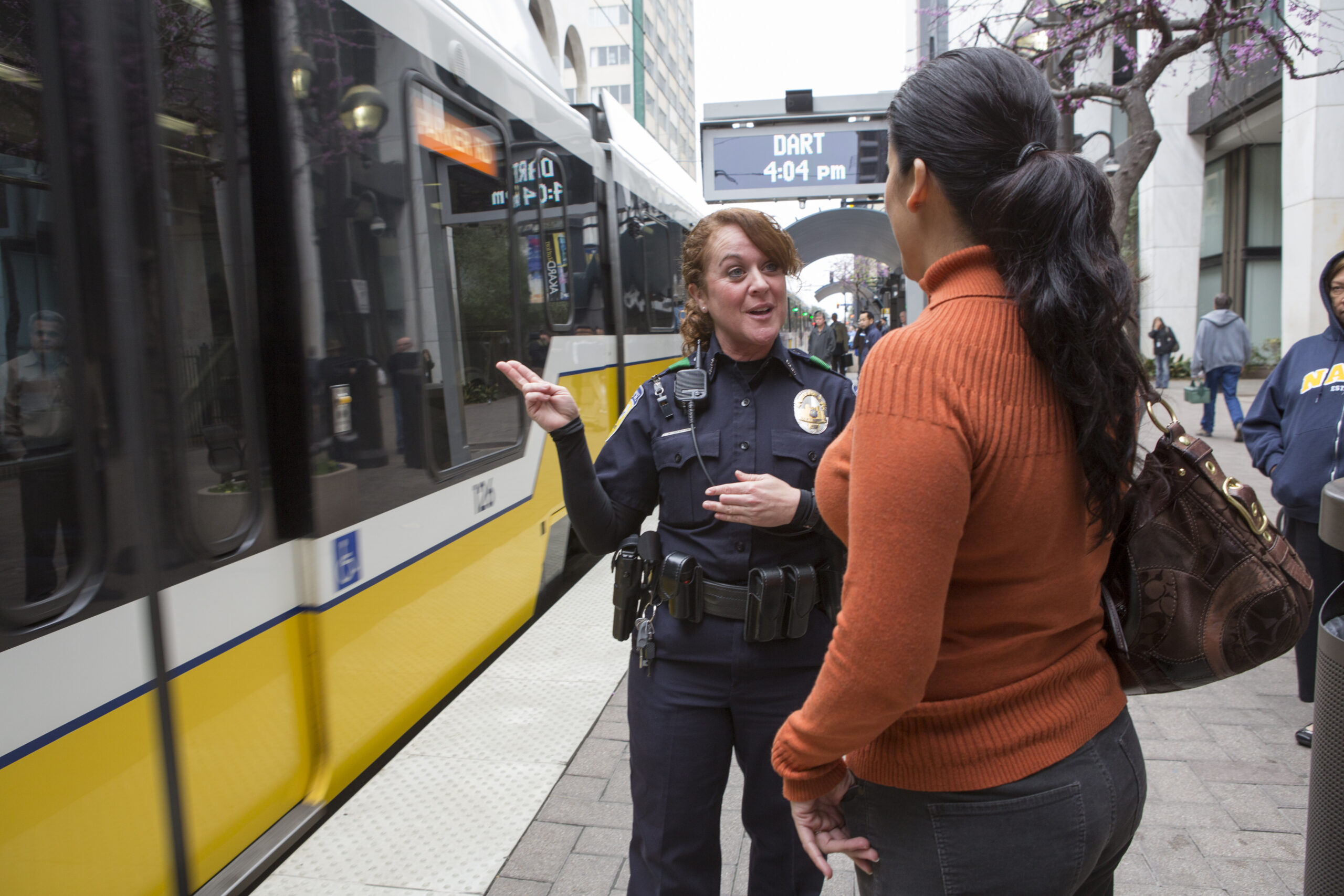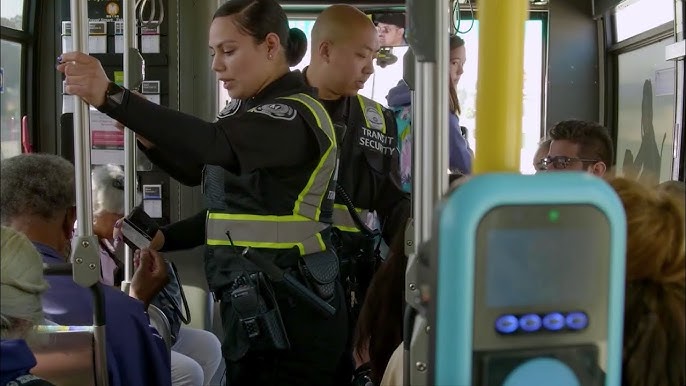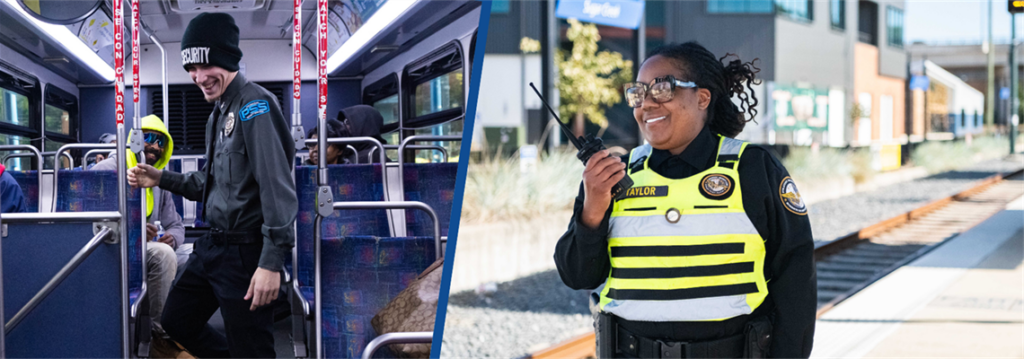

Public transit systems serve as vital lifelines in our cities, transporting millions of riders daily and offering essential mobility to communities across the globe. Safeguarding the well-being of passengers and transit workers is paramount. The U.S. Department of Transportation Volpe Center recently released a report drawing on insights from major urban transit agencies, highlighting the growing concern over assaults on public transit.
Based on interviews with nine prominent urban transit agencies, the report sheds light on the frequency and nature of passenger assaults within transit environments. It explores the types of incidents, their locations, and contributing factors. Gaining a clear understanding of these specifics is critical to developing effective strategies for mitigation.
First, Let’s Explore the Range of Assaults
Assaults on transit systems span a spectrum, from harassment and verbal threats to physical violence, including pushing, spitting, slapping, kicking, and punching. The most common incidents are simple assaults, such as pushing and shoving. These events occur across various modes of transit and vary in frequency depending on location and agency-specific conditions.

Unpacking the Contributing Factors
A range of societal challenges contributes to the frequency of assaults within transit systems. Issues such as homelessness, substance use, and mental health conditions often spill over into the transit environment, heightening tensions and increasing the risk of conflict.
Fare evasion is another contributing factor, individuals who bypass fare payment are statistically more likely to engage in other forms of disruptive or criminal behaviour, including physical confrontations. Minor disputes can escalate rapidly, and although less common, biases based on race, gender identity, or religion may also play a role.
Crowded transit areas can sometimes deter inappropriate behaviour, but they may also provoke it. Additionally, local legislation and enforcement practices, such as limited prosecution of repeat offenders or the decriminalization of certain offences—can contribute to elevated assault rates.
Effective Mitigation Strategies for Transit Safety
Transit agencies employ a variety of strategies to reduce the incidence of assaults. Collaborations with social service organisations help address underlying issues like homelessness, addiction, and mental health. Increasing the presence of police and uniformed personnel serves as a deterrent to criminal activity, while surveillance systems provide monitoring and evidence collection to enhance safety.
Moreover, agencies apply Crime Prevention Through Environmental Design (CPTED) principles to shape transit spaces that discourage assaults. These include ensuring areas are well-lit, actively used, and designed to prevent loitering and other undesirable behaviours.
Broader Considerations for Public Transit Safety
Ongoing research is essential to deepen our understanding of customer assaults and to assess the effectiveness of various mitigation strategies. Facilitating the exchange of information and best practices among transit agencies will be key to developing more robust safety measures.
In support of this effort, Vontas is committed to advancing public transit safety through innovative technology. Solutions such as Vontas Orion and Vontas OnRoute empower transit agencies to integrate cutting-edge tools that help prevent and manage incidents more effectively.
Prioritizing Passenger and Driver Safety With Orion & Vontas OnRoute
Vontas recently acquired Orion Labs to enhance its communication capabilities. Orion’s Push-to-Talk solution merges advanced voice technology with real-time communication systems, providing a reliable safety net for both passengers and drivers. This solution integrates seamlessly with an agency’s CAD/AVL systems, enabling rapid response and efficient incident management.
At the heart of Orion’s mission is a commitment to ensuring the safety of both passengers and drivers. Through real-time communication and integrated technology, emergency response times can be significantly reduced, allowing transit agencies to respond swiftly and effectively.
Vontas OnRoute, offers a modular solution that enables agencies to tailor safety and operational features to their specific needs. By leveraging GPS-enabled tracking and communication systems, these tools help reduce accidents and improve emergency response capabilities. When integrated together, Vontas OnRoute and Orion PTT 2.0 create a safer, more efficient transit environment.
Advancing the Future of Safety in Transit
Safety will continue to be the top priority in the transit industry, and addressing the issue of customer assaults requires a multifaceted approach. The Volpe Center’s research underscores the importance of detailed strategies and innovative technologies.
As agencies work to protect their riders and staff, Vontas remains dedicated to delivering advanced solutions that safeguard transit operations and the communities they serve. By harnessing technology and fostering collaboration, we can build a public transit system that is safer and more secure for everyone.


